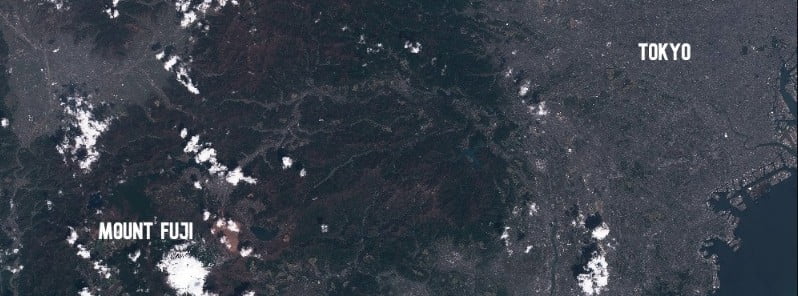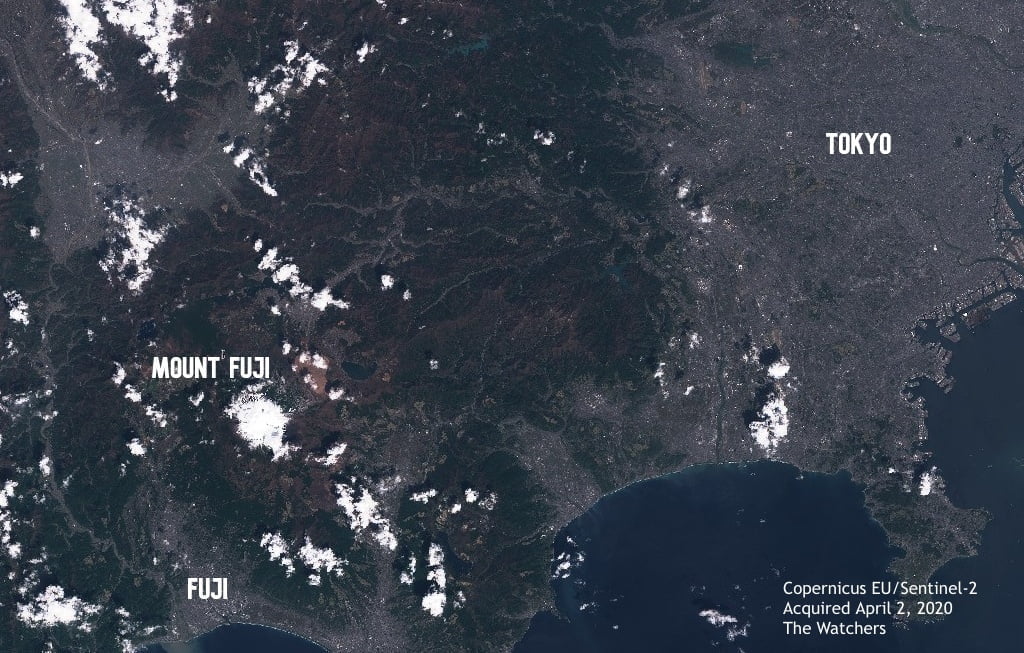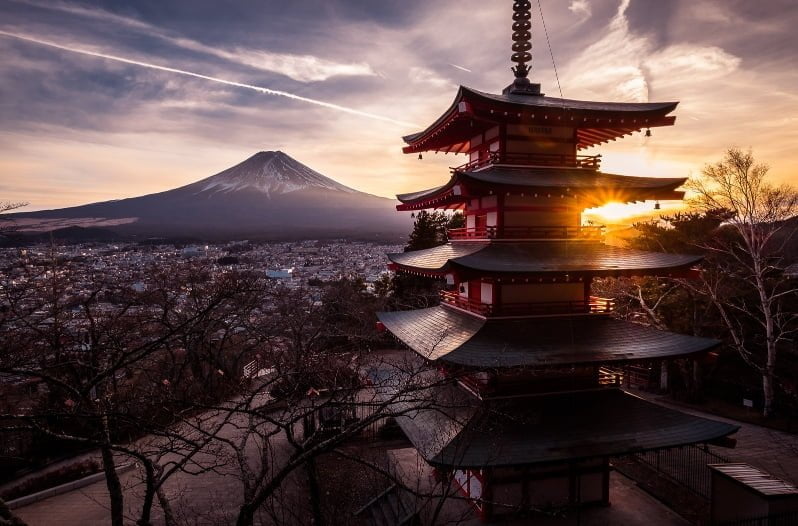Comprehensive preparations for a possible eruption of Mount Fuji, Japan

Japan’s National Police Agency (NPA) has started making comprehensive preparations for a possible eruption of Mount Fuji (Fujisan) – the country’s highest and most noted volcano, located 100 km (62 miles) SW of Tokyo. Its last known eruption took place in December 1707 (VEI 5), spewing ash for more than 2 weeks, with a few centimeters accumulating in the city of Edo, present-day Tokyo.
A simulation made by the government’s Central Disaster Management Council in April 2020 showed that if an eruption similar to the one that occurred in 1707/08 (VEI 5) were to happen today, Tokyo could end up completely paralyzed within just three hours, with major power, drinking water, and traffic disruptions.1
In June 2021, the National Public Safety Commission and the NPA revised their disaster countermeasures, adding for the first time the procurement of equipment needed for dealing with volcanic ash.2

As a result, NPA is now looking to purchase about 95 000 dust masks and roughly 6 000 goggles for distribution to local police departments for rescue and relief activities. NPA estimated that some 36 000 police officers would be mobilized.2
The Kanagawa Prefectural Police have secured two wheel loaders for removing volcanic ash from roads, while Tokyo’s Metropolitan Police Department has increased the number of power generators for use during outages.
The Kanagawa, Yamanashi and Shizuoka prefectural police departments have also conducted drills in preparation for a possible eruption of Fuji.

The 1707/08 Mount Fuji eruption started 49 days after M8.6 earthquake on October 28 — Japan’s largest earthquake before the 2011 Tohoku earthquake.3
While there were no direct deaths associated with the eruption, many people died (some estimates suggest 20 000) as a consequence of the massive amount of ash released by the volcano (~800 million m3).
The agricultural sector was decimated, causing many people to starve to death. Ash also ended up in streams and rivers, filling them up and even damming them.
In August 1708, these dams broke, causing a flood of mud and volcanic ash, which blanketed the downstream regions.
The volcano is located at the triple junction where the Amurian Plate, the Okhotsk Plate, and the Philippine Sea Plate meet. Those plates form the western part of Japan, the eastern part of Japan, and the Izu Peninsula, respectively.
Geological summary
The conical form of Fujisan, Japan’s highest and most noted volcano, belies its complex origin.
The modern postglacial stratovolcano is constructed above a group of overlapping volcanoes, remnants of which form irregularities on Fuji’s profile. Growth of the Younger Fuji volcano began with a period of voluminous lava flows from 11 000 to 8 000 years before present (BP), accounting for four-fifths of the volume of the Younger Fuji volcano.
Minor explosive eruptions dominated activity from 8 000 to 4 500 BP, with another period of major lava flows occurring from 4 500 to 3 000 BP.
Subsequently, intermittent major explosive eruptions occurred, with subordinate lava flows and small pyroclastic flows.
Summit eruptions dominated from 3 000 to 2 000 BP, after which flank vents were active.
The extensive basaltic lava flows from the summit and some of the more than 100 flank cones and vents blocked drainages against the Tertiary Misaka Mountains on the north side of the volcano, forming the Fuji Five Lakes, popular resort destinations.
The last confirmed eruption of this dominantly basaltic volcano in 1707 was Fuji’s largest during historical time. It deposited ash on Edo (Tokyo) and formed a large new crater on the east flank.
This volcano is located within the Fujisan, sacred place and source of artistic inspiration, a UNESCO World Heritage property.4
References:
1 Simulation shows new eruption at Mount Fuji could paralyze Tokyo in just 3 hours, Japan – The Watchers – April 2, 2020
2 Police get serious with preparations for possible Mount Fuji eruption – The Japan Times – June 19, 2022
3 Mt. Fuji: The Earthquake that caused a Volcanic Eruption – OSU – April 12, 2015
4 Fujisan – Geological summary – GVP
Featured image credit: Copernicus EU/Sentinel-2, The Watchers

Commenting rules and guidelines
We value the thoughts and opinions of our readers and welcome healthy discussions on our website. In order to maintain a respectful and positive community, we ask that all commenters follow these rules:
We reserve the right to remove any comments that violate these rules. By commenting on our website, you agree to abide by these guidelines. Thank you for helping to create a positive and welcoming environment for all.